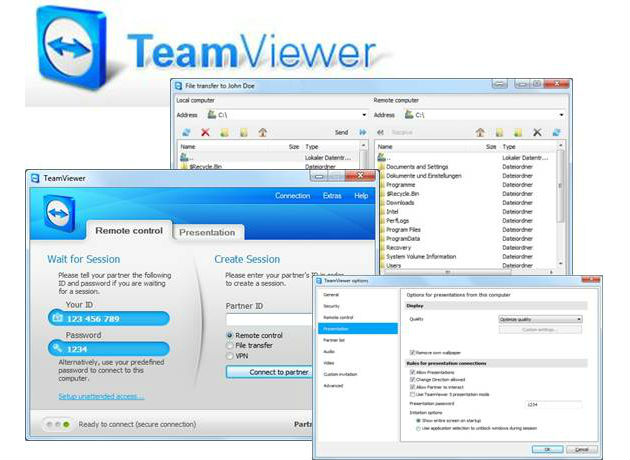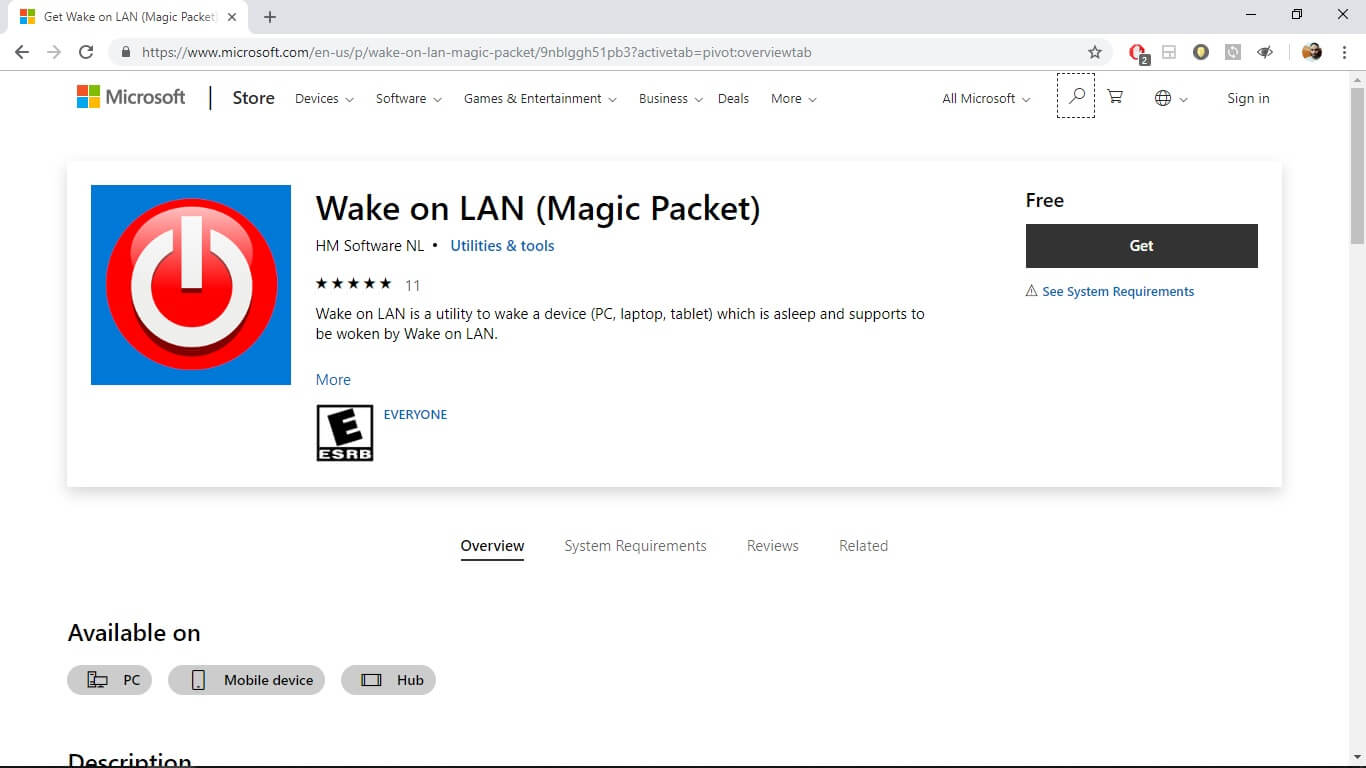

- Teamviewer wake on lan how to#
- Teamviewer wake on lan Pc#
- Teamviewer wake on lan download#
- Teamviewer wake on lan mac#
This way, most modern PCs are able to keep their Ethernet card on an alert for arriving packets while in a low power state, or even powered off. The only requirement for operating Wake-on-LAN over the internet is that the remote device is connected to a power source and is connected to the internet via a network cable.
Teamviewer wake on lan mac#
These packets are able to locate the specific computer you intend to wake using its network card’s MAC address (a media access control address). Wake on LAN is a protocol made possible by the sending of so-called magic packets from a client to a remote device.
Teamviewer wake on lan Pc#
Should any problems occur within the system, Wake-on-LAN can be used to turn on a PC remotely in order to address the issue without any delay. However, a WoL tool allows you to log into machines at your convenience to avoid disrupting employee workflows and run important updates during low activity periods. Implementing critical updates can take some time and has the potential to disrupt regular work patterns severely. Whether you are offering technical support to customers or managing a company IT system, the freedom this feature affords ensures a smoother service for your business. You can get this networking information using the ipconfig command (see the above link to learn more).Wake on LAN capabilities enable you to turn on computers remotely all across the world, without any onsite assistance. Also, it is a good idea to double-check that you are using the target computer's correct MAC and IP address. If you suspect a networking issue, use the ping command to confirm the source can contact the target device. When using this feature, you may also encounter networking problems that may prevent the device from waking up. On a laptop, you must ensure the device is connected to a power outlet.

If you use an Ethernet connection, confirm the lights on the card are still blinking after the device is powered down. The ability to turn on a device remotely only works if the network adapter is active and reachable. You may need to disable fast startup to allow the feature to work. If you use a USB to Ethernet adapter, WoL may only work when the computer is sleeping since powering off the device may also stop providing power to the USB port. If the option is unavailable in the motherboard's BIOS or UEFI or the network adapter (for example, USB to Ethernet adapter), you won't be able to use the feature.

The system must support Wake on LAN at the firmware level. If the device does not wake up with these instructions, you can perform a few things to troubleshoot the problem.
Teamviewer wake on lan how to#
How to troubleshoot Wake on LAN feature on Windows 10 Once you complete the steps, you can use the addresses with the utility of your choice to wake up a remote computer. If you use Command Prompt, you can query the adapter addresses using the ipconfig /all command.
Teamviewer wake on lan download#
Click the download link to save the app on your device.Warning: Although the app works as advertised, it's a third-party tool, and you should use it only at your own risk.

Or you can use third-party tools to send the magic packet to wake up the device.įor the purpose of this guide, we'll use the "WakeMeOnLan" tool from NirSoft to wake a device remotely: You may be able to find scripts that you can use with PowerShell. For instance, you can use the WoL tool built into the router. Once the feature has been configured, you can turn on the computer in multiple ways. How to wake up a computer remotely on Windows 10 In addition to disabling the feature, you may also want to turn off the WoL feature inside the device firmware using your manufacturer's instructions. 9, make sure to select the Disabled option. If you don't want to use the feature, you can use the same instructions outlined above to disable Wake on LAN, but on step No. After you complete the steps, the device will be ready for the remote magic packet using a third-party tool.


 0 kommentar(er)
0 kommentar(er)
